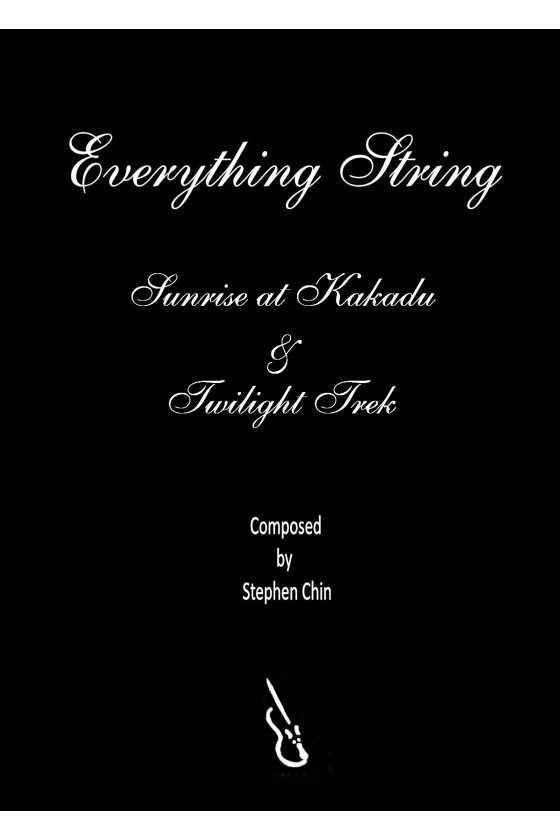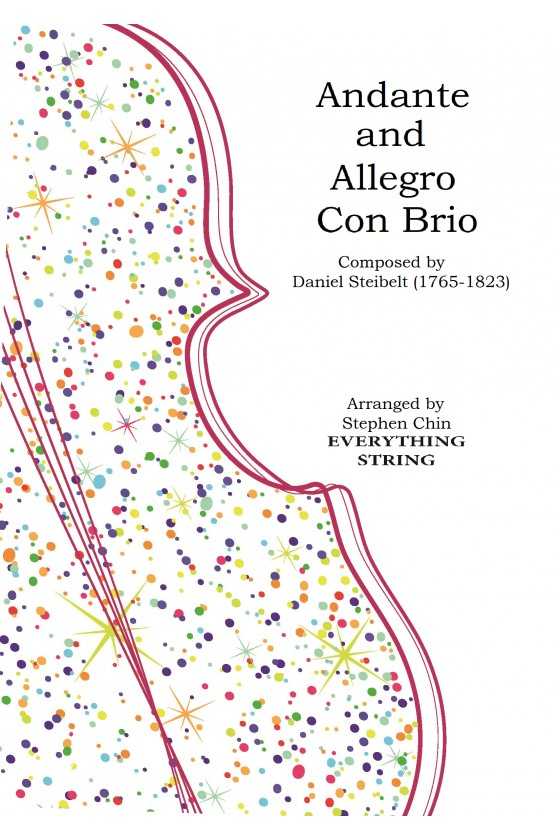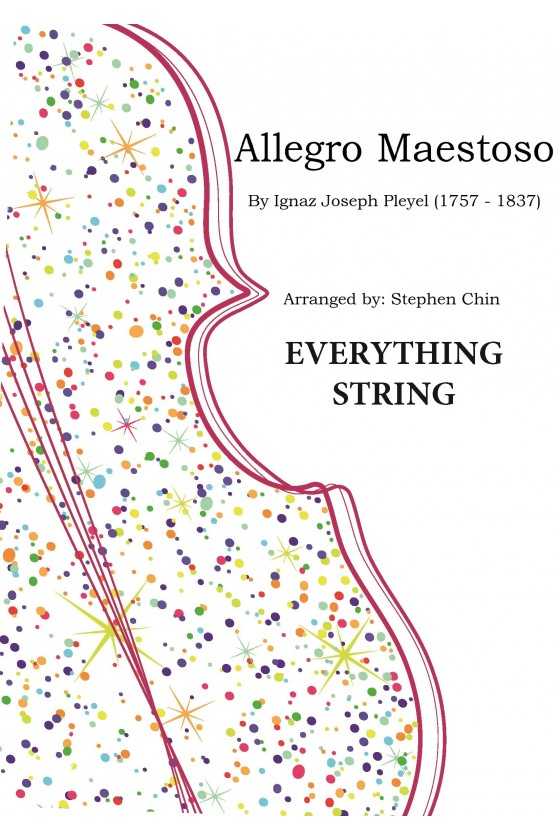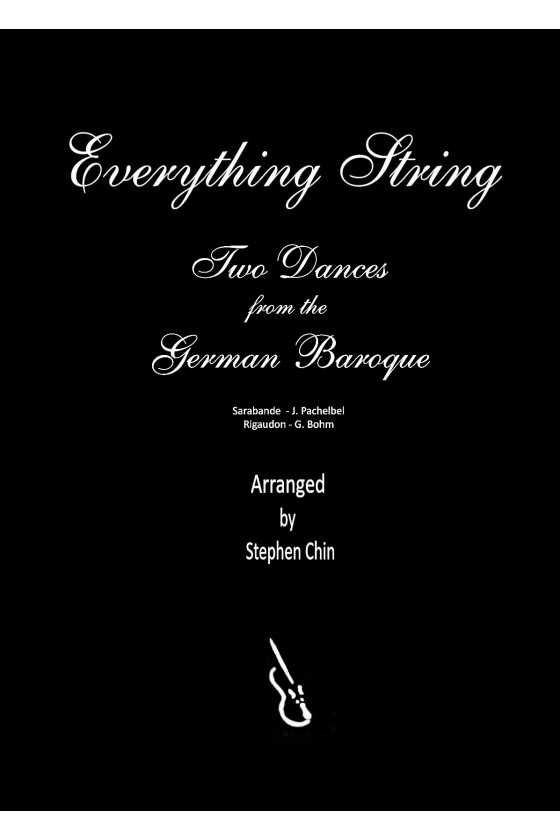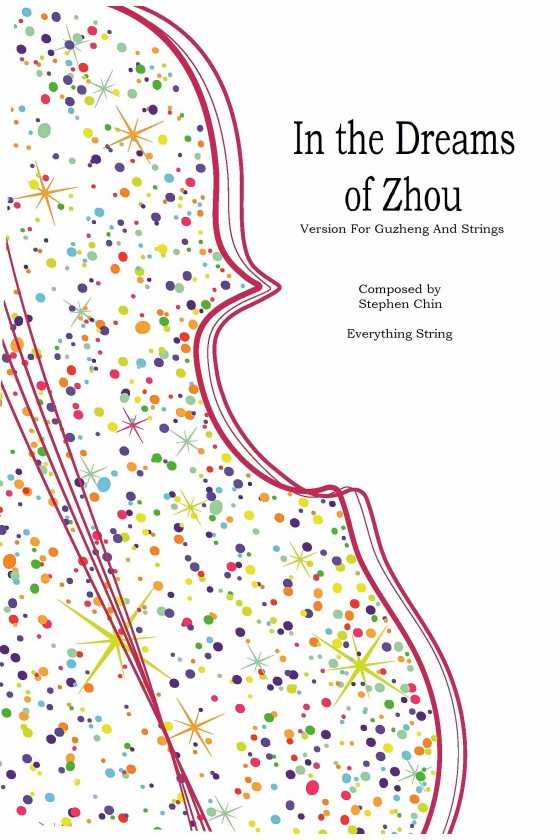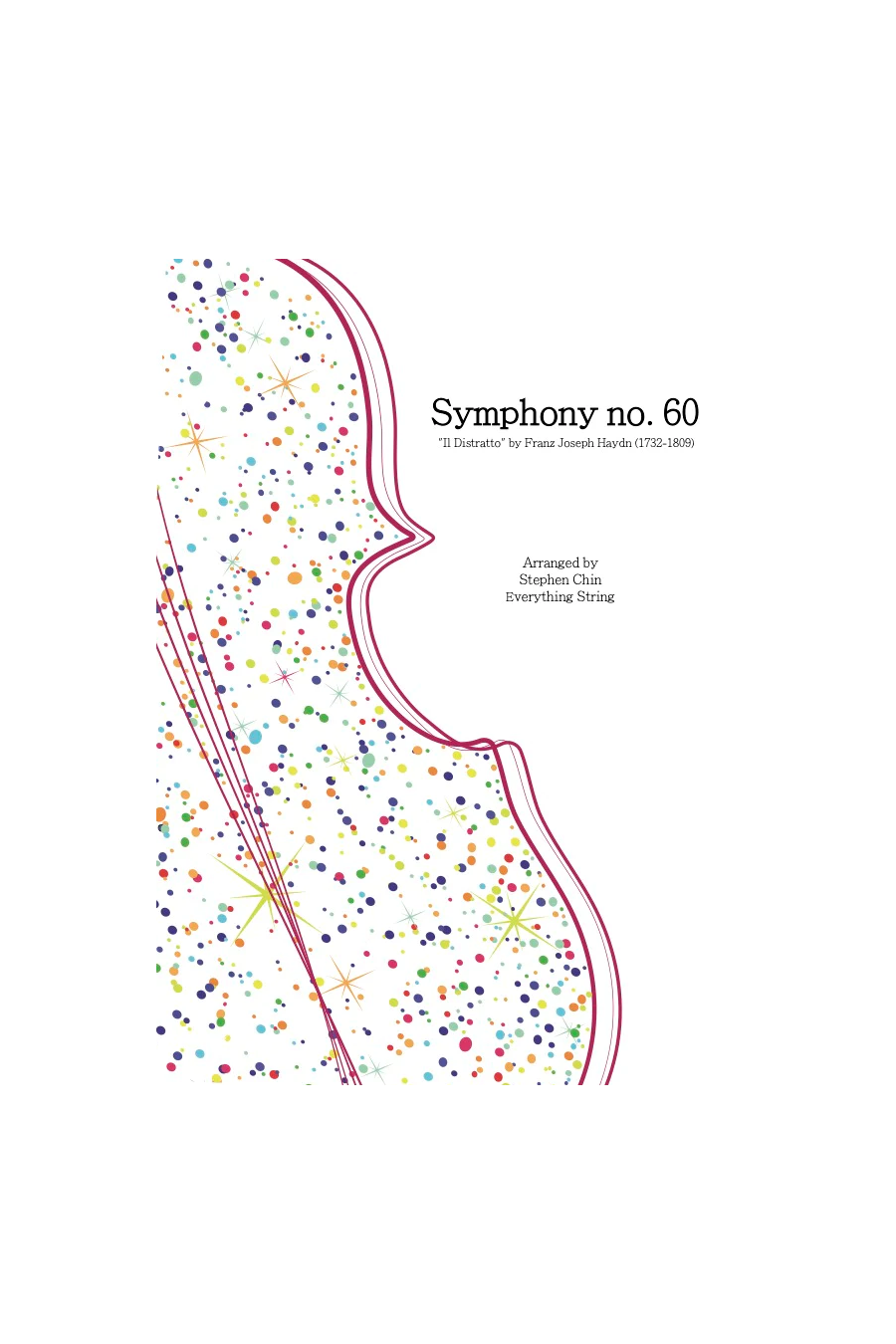
Sunrise at Kakadu & Twilight Trek by Stephen Chin
Kakadu National Park is known for its wildlife. One piece depicts sunrise over the water with improvisation. "Twilight Trek," the second piece, conveys a journey of adventure on foot with staccato notes, pizzicato melodies, and sudden fortes.
1. Sunrise at Kakadu
2. Twilight Trek
For String Orchestra Grade 1



